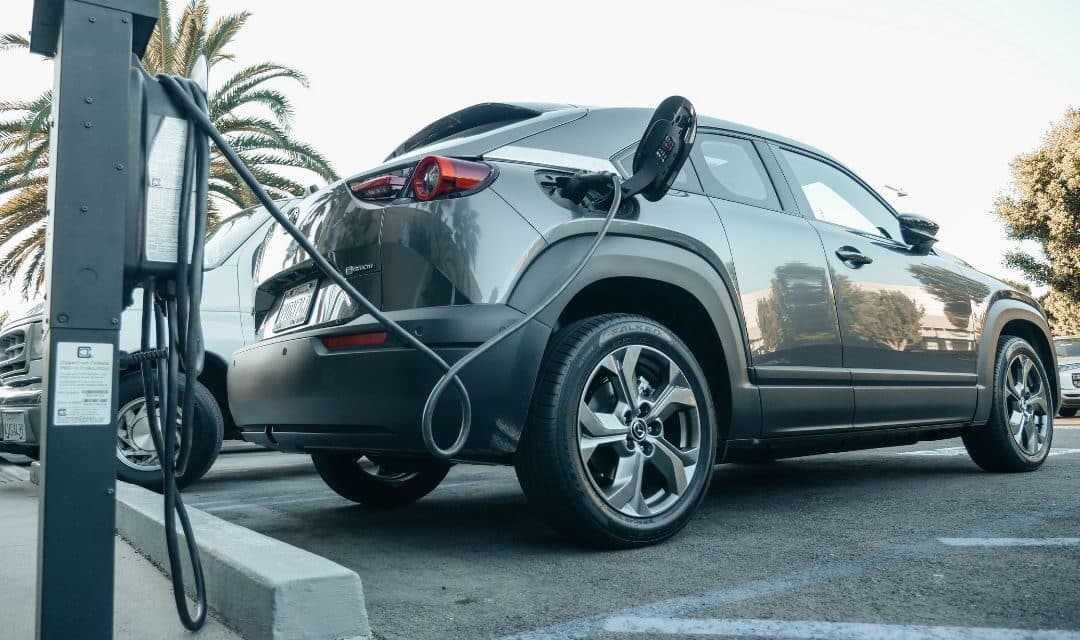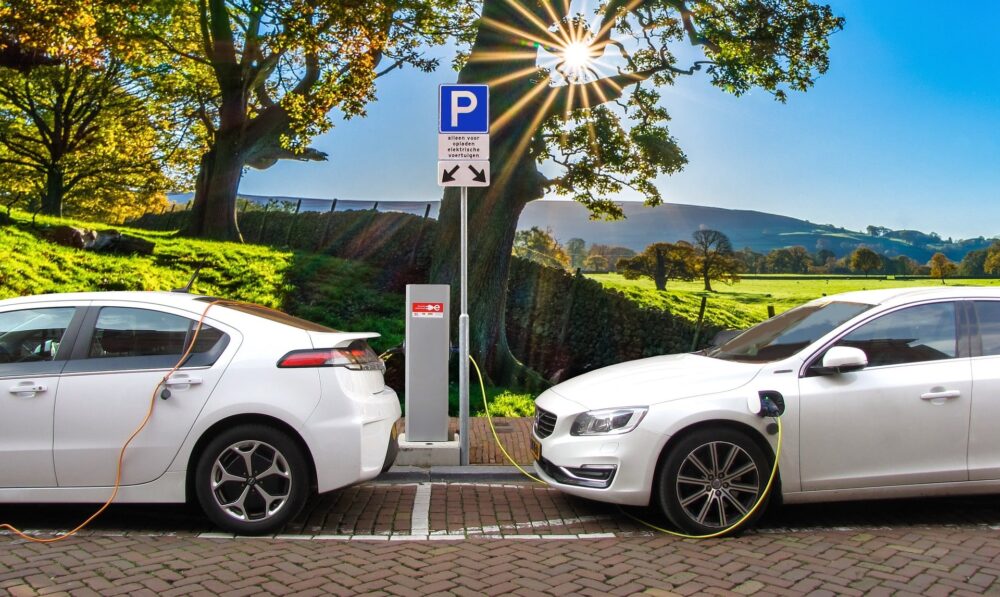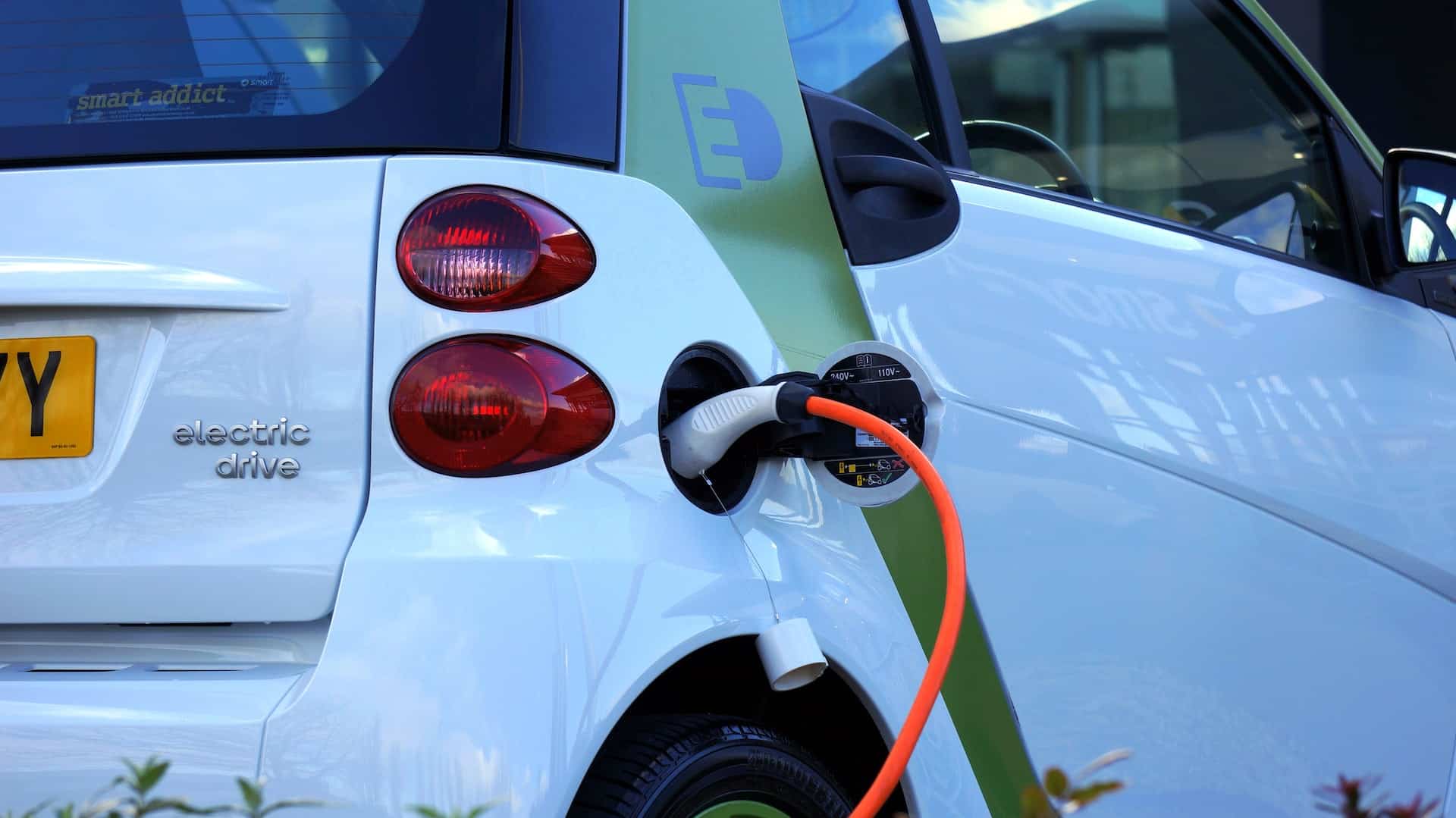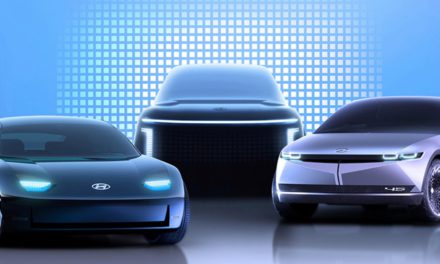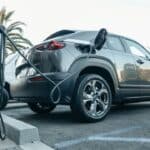Introduction to the $7,500 EV Tax Credit
The U.S. Treasury has announced the electric vehicles (EVs) that qualify for the clean vehicle credit, which is worth up to $7,500. The eligible vehicles are those that meet the new strict battery component and mineral standards.
Eligible Models for Full $7,500 Credit
Only a few models qualify for the full incentive, and they are all from U.S.-based manufacturers. Some of these models include:
- 2022-2023 Chrysler Pacifica PHEV
- 2022-2023 Chevrolet Bolt
- 2022-2023 Chevrolet Bolt EUV
- 2023-2024 Cadillac LYRIQ
- 2024 Chevrolet Silverado
- 2024 Chevrolet Blazer
- 2024 Chevrolet Equinox
- 2022-2023 Tesla Model 3 Performance
- 2022-2023 Tesla Model Y AWD
- 2022-2023 Tesla Model Y Long Range AWD
- 2022 Tesla Model Y Performance
Eligible Models for 50% Tax Credit
Some models meet only one of the requirements and qualify for 50% of the credit, or $3,750. These models include:
- 2022 Ford e-Transit
- 2022 Ford Escape Plug-in Hybrid
- 2022-2023 Ford F-150 Lightning (standard and extended range)
- 2022-2023 Ford Mustang Mach-E (standard and extended range)
- 2022-2023 Jeep Grand Cherokee PHEV 4xe
- 2022-2023 Jeep Wrangler PHEV 4xe
- 2023 Lincoln Aviator Grand Touring
- 2022 Lincoln Corsair Grand Touring
- 2022-2023 Tesla Model 3 Standard Range RWD
The list of eligible models may grow as some qualified manufacturers have yet to submit information. You can check the Department of Energy’s fuel economy website for updates.
In addition to the models mentioned earlier that are eligible for the full EV tax credit or 50% of it, there are some models that no longer qualify at all. These models were eligible at the start of the year but do not meet the new standards.
Vehicles That No Longer Qualify
According to the IRS, you can still claim the credit if the vehicle was received — not just purchased — on or before April 17, 2023. Some of these models include:
- Audi Q5 TFSI e Quattro
- BMW 330e
- BMW X5 xDrive45e
- Genesis Electrified GV70
- Nissan Leaf S, S Plus, SL Plus, SV, and SV Plus
- Rivian R1S
- Rivian R1T
- Volkswagen ID.4
- Volvo S60 (PHEV), Extended Range and T8 Recharge (Extended Range)
Read more on choosing the right EV manufacturer
2022 EV Tax Credit Eligibility
If you bought your EV in 2022 and want to know if it qualifies for the credit, the vehicle must have been purchased before Jan. 1, 2023, be for your own use, and be driven primarily in the US. It must also have an external charging source and a gross vehicle weight rating of under 14,000 pounds. To be eligible, the vehicle must also come from a manufacturer that hasn’t sold more than 200,000 EVs in the US. In practice, that makes current models from Tesla and Ford ineligible, though this stipulation has been lifted for 2023.
For those who bought their EV between Aug. 17 and Dec. 31, 2022, it must have undergone final assembly in North America. If you “entered into a written binding contract” after Dec. 31, 2021, but before Aug. 17, 2022, you don’t have to worry about the final assembly requirement (it’s a good idea to check with the IRS or your tax preparer to be certain, though).
Claiming the EV Tax Credit
To claim the EV tax credit, you can file IRS Form 8936 with your tax return, providing your vehicle’s VIN. Apart from the federal EV tax credit, some states offer rebates for clean vehicles, which you can find on EnergySage or the Energy Department’s Alternative Fuels Data Center websites.
Tax Credit for Installing EV Chargers
The Inflation Reduction Act has also extended the tax break for residential charging systems through 2032 and made it retroactive to Jan. 1, 2022. It’s worth $1,000, or 30% of the cost of buying or installing the system, whichever is less. To claim the Alternative Fuel Vehicle Refueling Property Credit, you must file IRS Form 8911.
State-level EV Tax Incentives
In addition to the federal EV tax credit, many states offer their own incentives for purchasing or leasing electric vehicles. These incentives can come in the form of rebates, tax credits, reduced registration fees, or other perks like carpool lane access. To find out about state-specific incentives, you can visit the U.S. Department of Energy’s Alternative Fuels Data Center (AFDC) website, which provides a comprehensive list of incentives and laws related to alternative fuels and vehicles.
For example, in California, the Clean Vehicle Rebate Project (CVRP) offers rebates of up to $4,500 for purchasing or leasing a new battery electric vehicle (BEV) or up to $3,500 for a plug-in hybrid electric vehicle (PHEV). The amount varies based on income and vehicle type. Additionally, the California Air Resources Board (CARB) offers the Clean Cars 4 All program, which provides financial incentives for lower-income individuals to retire their older, high-emission vehicles and replace them with cleaner, more fuel-efficient cars, including electric vehicles.
Other states, such as Colorado, New Jersey, and Oregon, also offer generous incentives for electric vehicles. It’s essential to research your state’s specific incentives to ensure you take advantage of all available programs.
Things to Note
Keep in mind that state and local incentives may change over time, so it’s a good idea to stay updated on any changes to programs in your area. Some utility companies also offer incentives for electric vehicle owners, such as discounted charging rates or rebates for installing home charging equipment. Check with your local utility provider to see if any such programs are available in your area.
To maximize the financial benefits of owning an electric vehicle, make sure you explore all available federal, state, and local incentives. Combining multiple incentives can significantly reduce the upfront cost of an electric vehicle and make it a more attractive option compared to traditional gasoline-powered cars.

